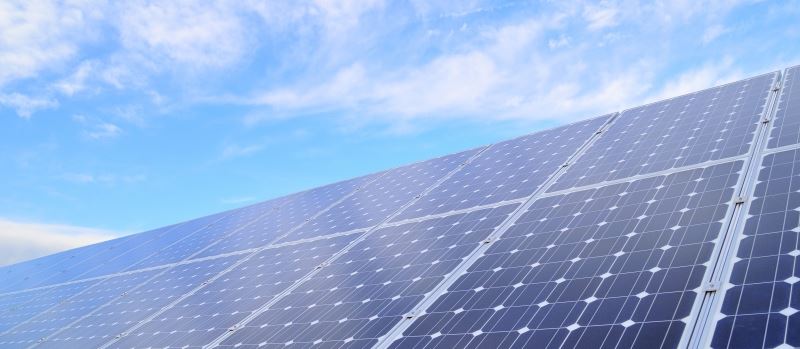The solar power industry in Australia has grown tremendously in the past few decades, but not without its sceptics. Let’s examine the facts behind some of the most common solar power myths.
Myth: The installation of solar infrastructure drives up power costs for everyone else
Part of our regular energy bill does subsidise incentives to install renewable energy systems such as solar panels, this is called The Small-Scale Renewable Energy Scheme (SREC). This accounts for only 2 per cent of the average household power bill, and this is expected to halve to less then 1 per cent by 2016.
Increased use of solar power and other renewable energy sources, has contributed to an overall reduction of demand for grid supplied energy in Australia, which helps drive the wholesale price of electricity down.
The rise in electricity costs is largely due to a rise in network costs. These costs rise invariably, regardless of how much power a consumer uses or whether they use solar energy or not. Network costs make up almost 50% of a power bill and are used to help maintain and expand the general power infrastructure. This kind of investment is necessary to ensure that the infrastructure can cope with peak energy demand times, particularly in periods like summer where air conditioners are in high use.
Myth: Solar systems are not financially viable
The cost of rooftop solar systems in Australia is cheaper than in the Japan, U. S., and France. As the solar industry grows, it becomes more competitive. Prices for installed solar system prices have dropped almost 60% since 1998 and it is predicted they will now stabilise. The Institute for Solar Energy Systems has found that rooftop solar systems in Northern Germany can operate for half the price of grid-based power.
Myth: It takes more energy to manufacture a solar panel than it generates
Construction of solar panels is a complicated process that requires energy on all levels of production, from melting the silicon through to the transportation of the materials (unfortunately, many solar panels in Australia are still imported). However, a recent study by Benson and Dale at Stanford University has concluded that solar panels do generate more power than it takes to make them. After four years, the energy produced by a panel will have exceeded that taken to produce it, and given it has a life of up to 25 years, this is a significant offset.
Myth: Only rich people can afford solar
Trends show that in Australia, solar energy systems are widely being installed by lower middle-income families looking to offset the cost of their regular energy bill. In fact, a 2014 study by Green Energy Trading found that as the income level increased, solar uptake declined.
Myth: Reduction in feed-in tariffs means solar is not a good investment
A feed-in tariff enables you to earn credits off power you feed back into the grid from your solar energy system. In Australia, feed-in tariff programs vary from state to state. While it is true that some incentive schemes (such as “premium†schemes) have been phased out, most states still offer around 8 cents per kilowatt hour for energy fed into the grid. Even in a case where the solar panels only produce enough energy for the household’s use, it is at least saving the cost of the power otherwise taken off the grid.










